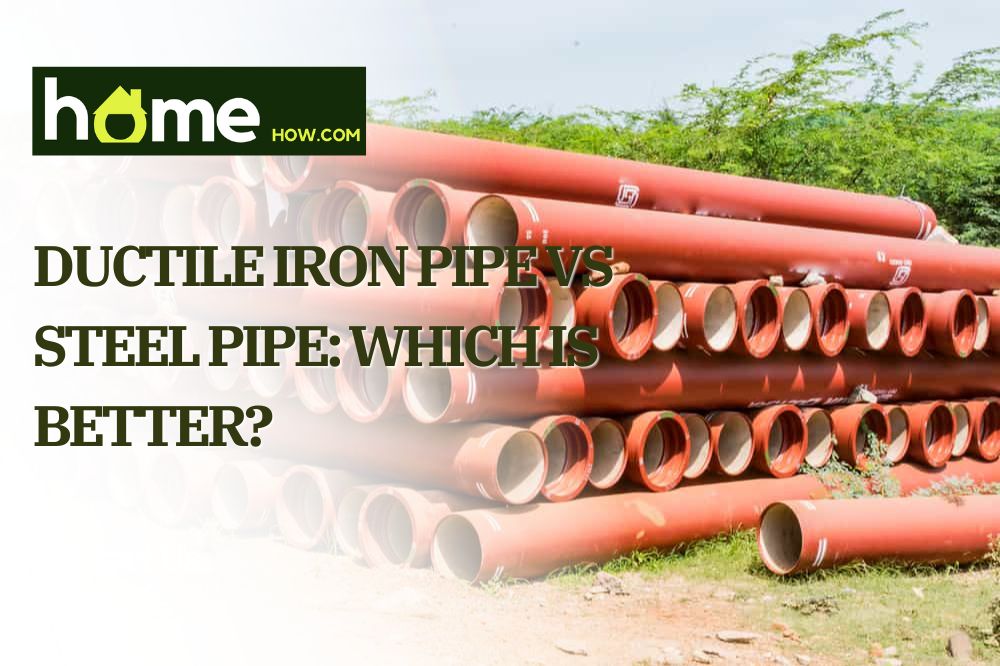Steel pipes and ductile iron pipes are both used in the distribution of liquids and gasses. Both types of pipe come in different diameters and they are both created using a casting process. What are the differences between these two types of pipe and is one better than the other?
Ductile iron and steel pipes may look identical at first glance because they are both metal alloy pipes. However, there are significant differences between the two pipe materials. In this article, we compare the two types of pipe and their qualities.
Keep reading to make an informed decision on which pipe is better suited for your needs.
Ductile Iron Pipe
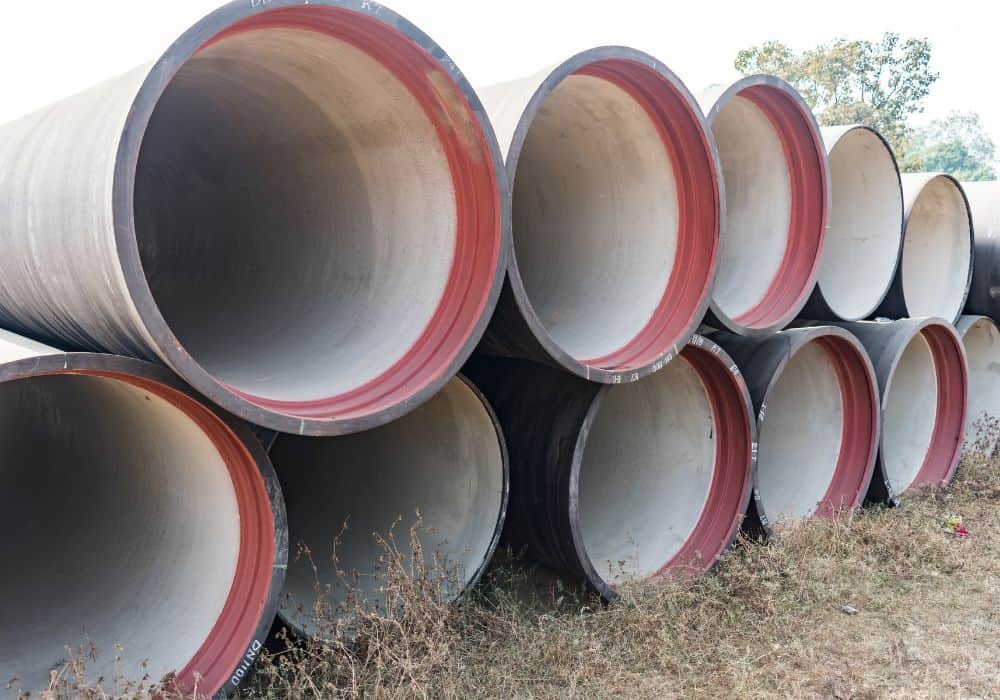
Ductile iron pipes are made of ductile iron, which is spheroidized graphite cast iron. It is a highly dependable material mainly because of its durability, high strength, and resistance to impact and corrosion.
Because of these qualities, ductile pipes are used for potable water distribution as well as the pumping of slurries, sewage, and processed chemicals. They were developed from earlier cast iron pipes and have now almost completely replaced them.
The casting process is similar to that of gray cast iron pipes. However, the casting of ductile iron pipe is more refined and uses higher-quality raw materials. It is also treated with special additives and requires a higher level of quality control.
The ultimate tensile strength of ductile iron pipe is 415 MPa, and it has a yield strength of 290 MPa with 10% elongation. The pipes need virtually no maintenance.
Steel Pipe
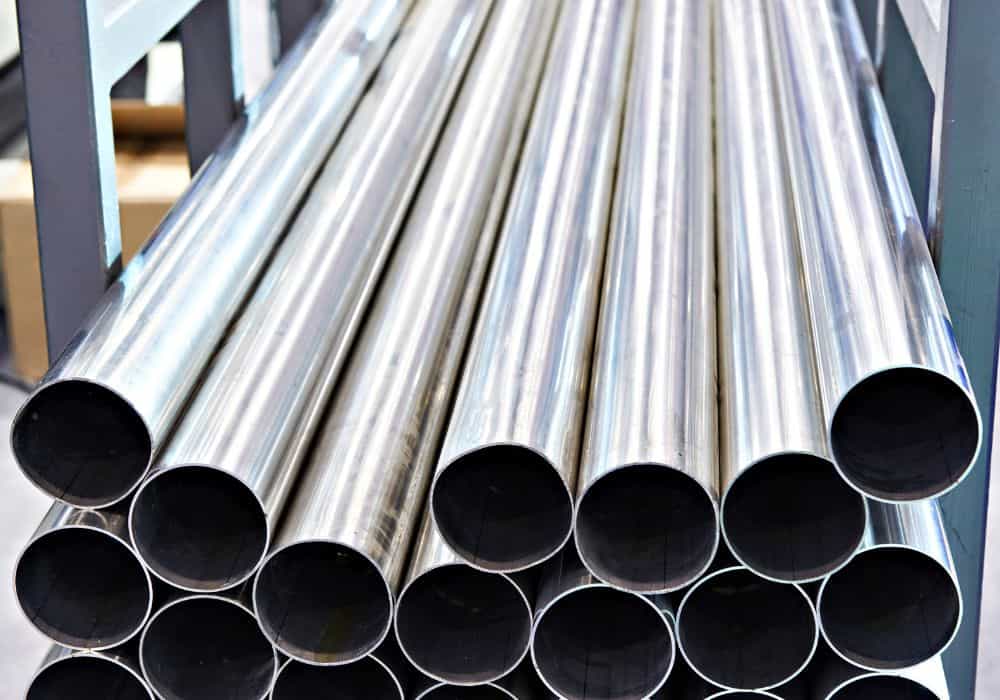
Steel pipes have many uses in manufacturing and infrastructure. They are the most used product from the steel industry and their primary use is in the transport of gas or liquid underground.
Pipes made of steel with varying diameters are used through manufacturing and construction such as the narrow steel pipes that run the cooling system in fridges. Steel pipes are also used for heating and plumbing and in building structures such as bike tracks, pipe bollards, and handrails. They are extremely versatile.
Steel pipes were used to transport coal gas to lamps on the streets of London as early as 1815 when William Murdoch joined barrels of muskets together. Since then, the steel industry has changed a lot along with improved manufacturing methods and new applications for steel pipes.
During the manufacturing process, raw materials are melted in a furnace to produce raw steel. During this process, impurities are removed and elements may be added to get the composition right. The molten steel is then poured into molds or transferred to a casting machine.
Ductile Iron Pipe Vs Steel Pipe
Both ductile iron pipes and steel pipes have characteristics, which make them more suitable for certain projects. Knowing these differences will help you decide which is the best pipe material for your project.
1. Corrosion Resistance
For steel pipe to be corrosion resistant, it requires a bonded coating. The type of corrosion control recommended by the steel pipe industry depends on the manufacturer and the market. Usually, this coating is a cement-mortar coating or a tape-wrap coating.
The cement-mortar coating will reduce the flexibility of the pipe and it cannot deflect as much under external load. The internal pressures also cannot be allowed to expand the pipe because this will cause cracking of the coating.
Polyethylene encasement used in ductile iron pipe makes corrosive environments less of a concern. This is the standard method of corrosion protection for ductile iron pipes. It is an inexpensive method that can be applied at the job site, which eliminates potential damage to the coating during transport.
While monitoring and maintenance are required with cathodic protection, they are not required for this passive system. Polyethylene encasement protects against most stray current environments because of its effective dielectric strength.
2. Carbon Content
One of the main differences between steel and ductile iron pipes is their carbon content. Steel typically has less than 0.4% of carbon. However, it is possible to have up to 2% of carbon. The additional carbon will not change the hardness of steel once the carbon content exceeds 0.65% but it can improve its performance and hardenability.
The carbon content of ductile iron pipes is much higher between 3 and 3.9%. The higher carbon content makes ductile iron pipes stronger, more resistant to natural disasters, as well as more shock resistant.
3. Composition
The chemical composition of DI pipes besides their carbon content is 2.25-3% silicon, and small percentages of materials such as sulfur, phosphorus, and magnesium. Steel pipes include many of the same components as DI pipes, with carbon, silicon, manganese, sulfur, and phosphorus being the main five elements.
4. Installation
When you are installing steel pipes, they need to be welded together, which means that adverse weather can stop the installation process. Ductile-iron pipelines can be installed in any weather from rain to snow and any temperature from high heat to freezing.
The push-on joints on the ductile iron pipe can be used to reroute the pipe. This property gives the installers more flexibility and eliminates the need for line drawings that are necessary when installing steel pipes.
Steel pipe doesn’t have the wall thickness to be strong enough to stand on its own during installation and requires braces inside the pipe to hold its shape. It also requires more side-fill soil to support it against internal loads than ductile iron pipes. The characteristics of ductile iron make its installation easier compared to steel pipes.
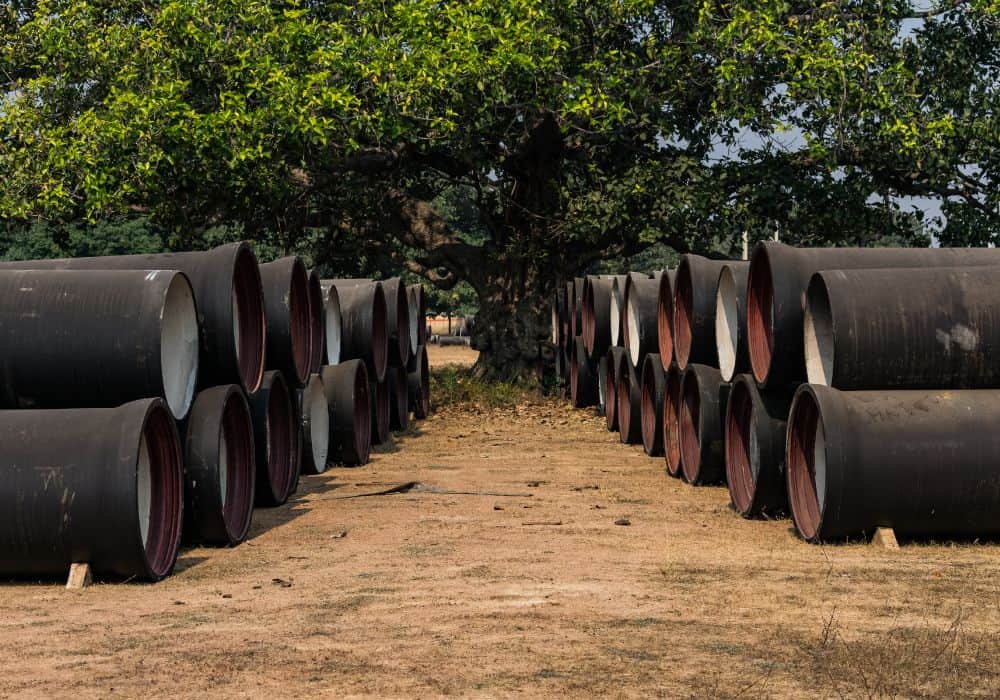
5. Manufacturing And Function
The manufacturing process of the two types of pipes differs significantly. Ductile iron pipes are made with seams to facilitate an easy connection to other pipes with connector valves. Steel pipes require welding.
Steel pipes are most commonly used in fences, oil lines, water facilities, and bridges. Ductile iron pipes were originally designed for gas industry use, but because of their strength and durability, they are used in a wide range of industries, including automotive and construction.
6. Design Differences
The most notable difference between the design of ductile iron pipe and steel pipe is the safety factor. For ductile iron, the factor is 2.0 and for steel, it ranges from 1.33 to 2.0, depending on the yield strength used.
Two different equations are used to calculate the thickness design of pipes. The design calculations show that when the stress escalates to 75% of yield strength, it lowers the safety factor of steel pipes to 1.33 when a surge is included compared to 2.0 for DI pipes.
Here is an example of the required thickness for a 24-inch waterline that has a working pressure of 150 PSI.
Ductile iron pipe = .157 thickness
Steel Pipe (50% Yield) = .086 thickness
Steel Pipe (75% Yield) = .095 thickness
7. Cost
Is there a difference between the cost of using steel pipe vs ductile iron pipe? Because the DI pipes have a larger inside diameter, they can be a more cost-effective transmission line than steel pipes.
For example, if you had 2,000 feet of 24-inch line operating 24 hours per day, your annual savings will be around $4,889.91 per year for DI pipes compared to steel pipes.
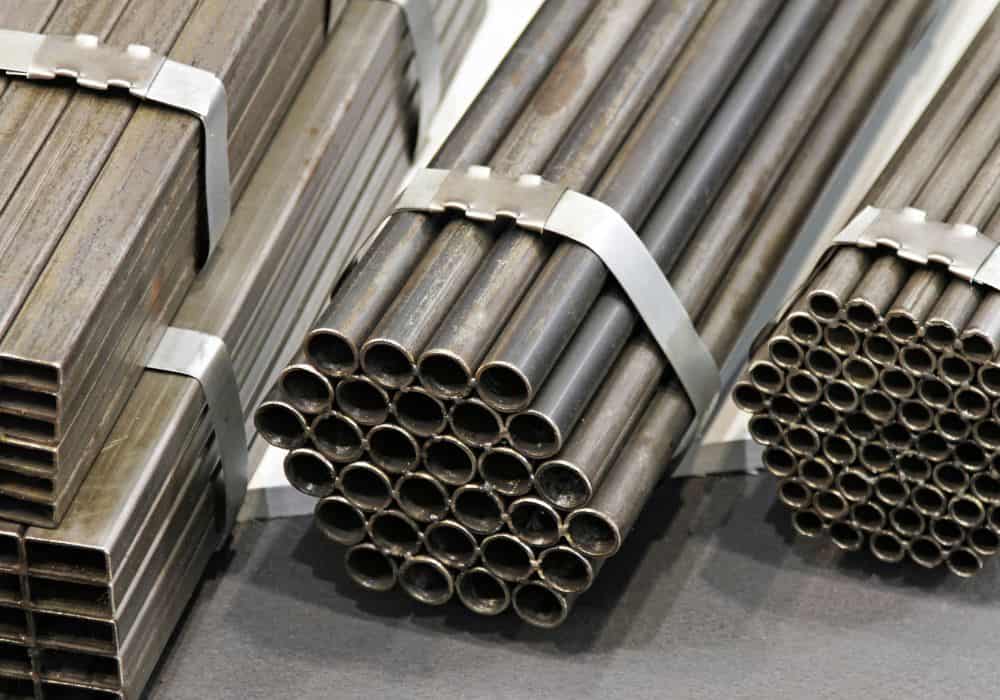
8. Sustainability
Both pipes score highly for their sustainability. DI pipes are manufactured from at least 90% recycled materials and the end product is 100% recyclable. They have a service life of over 100 years and have low greenhouse gas emissions during both the operation and production phases.
The modern high-tech production methods of steel pipe produce less waste and whatever waste there is, gets recycled back to the steel producers or reused in other processes. The life span of steel pipes is over 50 years and they are 100% recyclable. Steel pipes can be recycled without any loss of their properties.
Compared to PVC pipes, both ductile iron pipes and steel pipes are much more sustainable materials.
9. Maintenance
Ductile iron pipes require almost no maintenance once installed. If there is a leak in the pipeline, it can be repaired cost-effectively with a pipe sleeve. This can eliminate the need for complete pipe replacement.
Steel pipes require more maintenance. The pipes should be cleaned and polished and minor repairs attended to as soon as possible. Choosing quality steel pipes will reduce the risk of damage to the pipes as will regular inspections.
Conclusion
Both steel pipes and ductile iron pipes are environmentally friendly materials and have similar uses. The installation process of DI pipes is easier to install as they require no welding and have push-on joints that can be used to reroute the pipeline easily.
Ductile iron pipes require less maintenance and have a longer lifespan than steel pipes. DI pipes are often a more cost-effective option. However, ultimately, which pipe material is better depends on the circumstances it is used in.
Hopefully, you have found the answers you were looking for about ductile iron pipe vs steel pipe. Should you have further questions on the topic, you can write them in the comments section.
